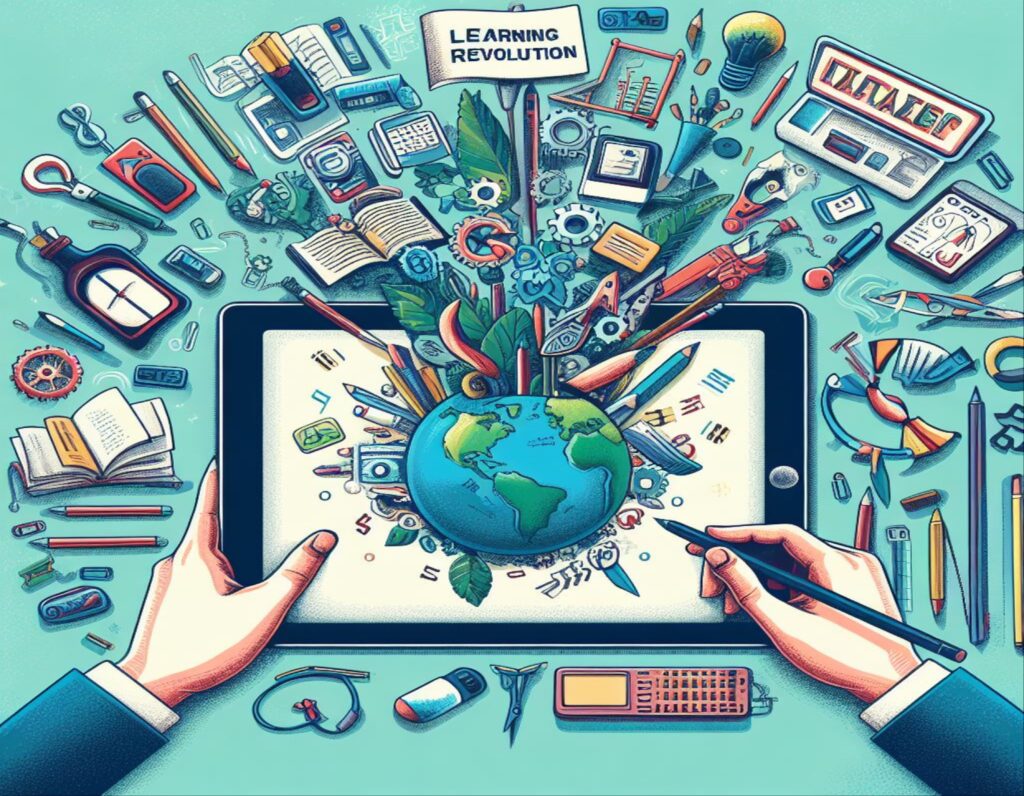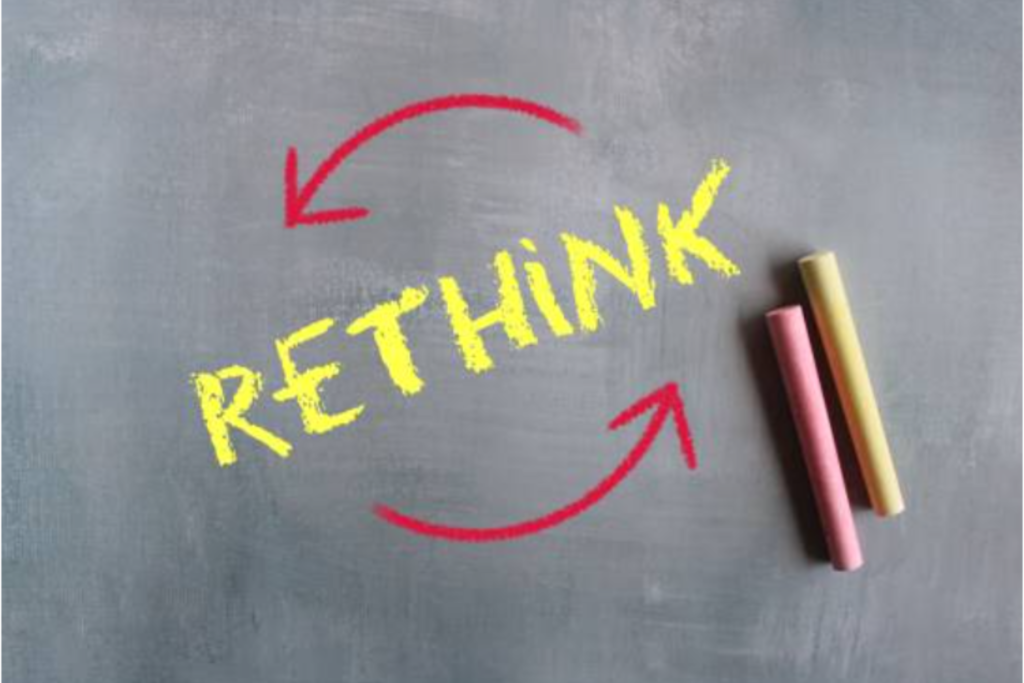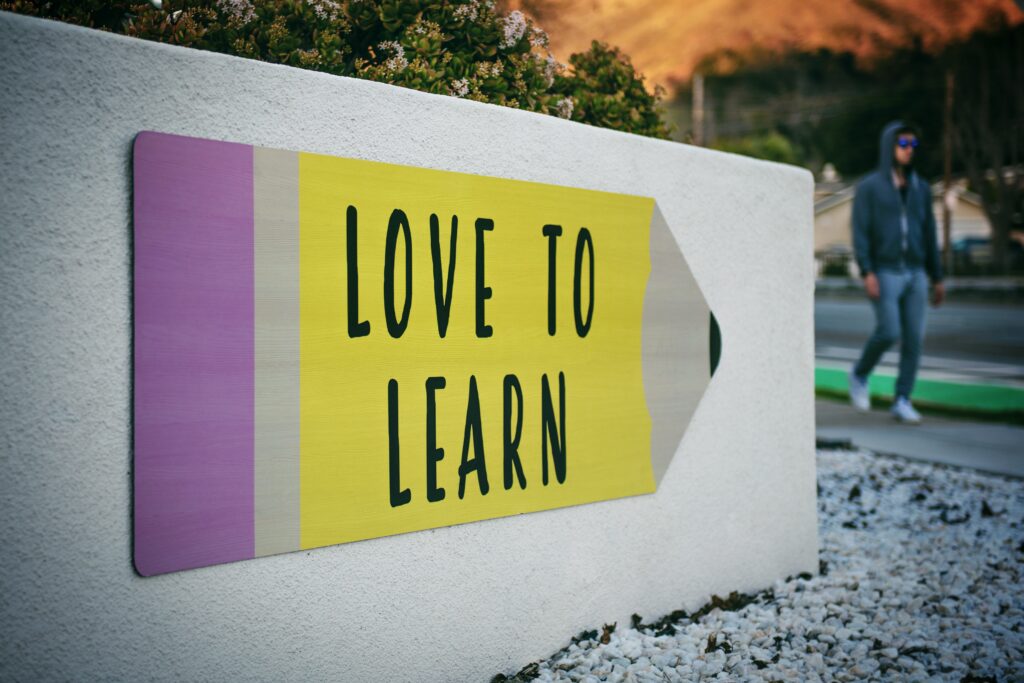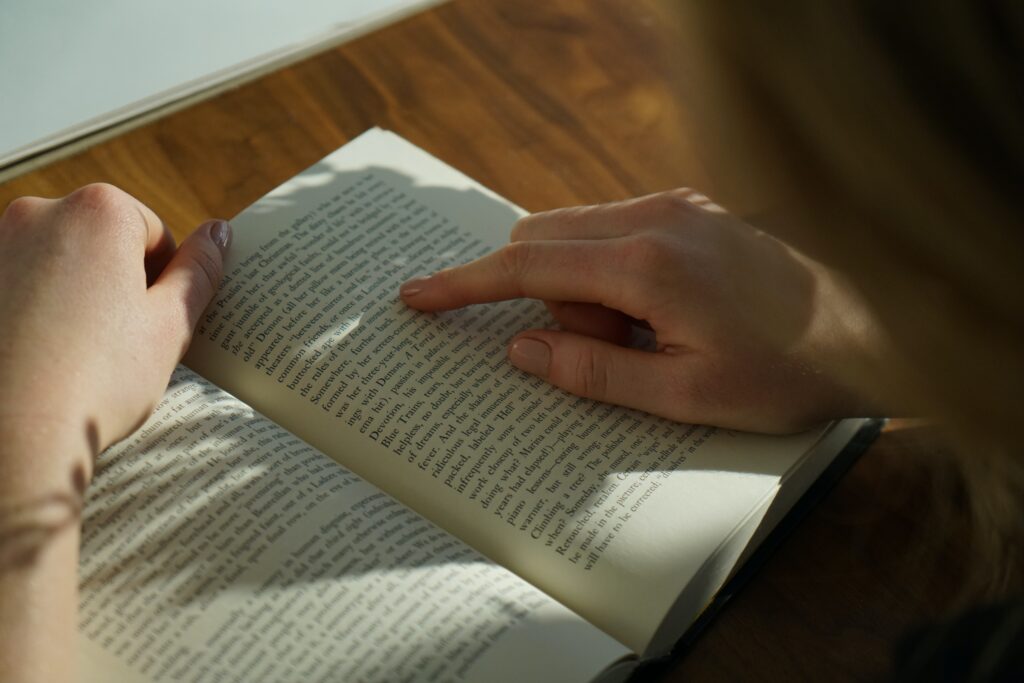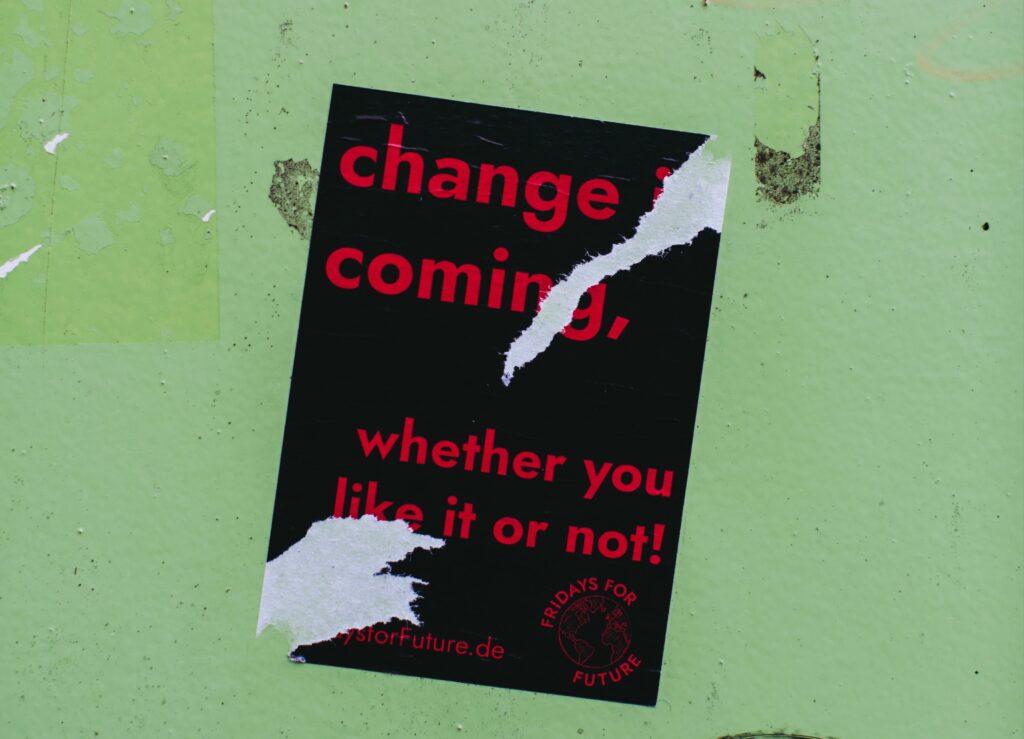Impact of the Blended Learning Station Rotation Model on Student Engagement
EDLD 5317
Feb 25, 2024
Embark on an insightful journey with this article that’s more than just words—it’s your ticket to a teaching revolution! Ever wondered why the Blended Learning Station Rotation Model is making waves in education? Well, this article spills the beans and shows you why it’s not just a strategy but a game-changer for your classroom. If you’re tired of the same old routine and itching for a fresh approach, you’re in for a treat. This method is all about putting students front and center, turning your class into a place where they actually want to be. And guess what? It’s not rocket science; it’s a practical guide that emphasizes planning, smart tech use, and a new role for you as a teacher. Oh, and did I mention the magic that happens with real-life projects? The Volcanic Eruptions project is just the beginning—tailored approaches, peer-to-peer learning, and personalized resources are the stars of the show, creating an inclusive and empowering environment for every student. If you’re ready to transform your teaching game and make your classes buzz with excitement, this article is your golden ticket. Don’t miss out on the secrets that can turn your classroom into the most talked-about place in the school!
In our third-grade science class, the impact of the Blended Learning Station Rotation Model unfolded vividly through an electrifying project centered around Volcanic Eruptions. Each small learning group embarked on the thrilling journey of creating their very own volcano. Through a hands-on approach, students explored the scientific process of constructing models using everyday materials, fostering creativity and collaboration. The true magic happened when we delved into the heart of the Blended Learning Station Rotation Model, allowing students to explore volcanic eruptions using safe chemicals. This personalized and engaging experience not only deepened their understanding of earth sciences but also showcased how the Blended Learning Station Rotation Model caters to diverse preferences and needs, adapting teaching methods to create a dynamic and inclusive learning environment. As a teacher, guiding this exploration became a rewarding experience, witnessing students take charge of their learning, fostering a sense of ownership and enthusiasm for scientific discovery.
Within our Volcanic Eruptions project, tailoring lessons to accommodate individual strengths and areas for improvement played a crucial role in sculpting a truly personalized and effective learning journey for each student. For instance, while some students demonstrated a talent for hands-on experimentation and eagerly took the lead in constructing their volcanoes, others showed a preference for in-depth research and contributed more to the scientific background discussions. The differentiated approach allowed each student to progress at their own pace, ensuring that they could delve into the project at a level that matched their unique learning style and comfort.
In one instance, a student who initially struggled with the hands-on aspect of creating a volcano found their stride when provided with additional visual aids and step-by-step guidance. On the other hand, a student who excelled in the practical construction phase was encouraged to take on a leadership role within their group, fostering a collaborative and supportive learning environment. By addressing these diverse needs and preferences, the Blended Learning Station Rotation Model ensured that every student felt empowered to contribute in a way that resonated with their individual strengths, ultimately fostering a more inclusive and enriching educational experience. This tailored approach not only enhanced academic understanding but also instilled a sense of confidence and ownership in each student’s unique learning journey.
Amidst the Volcanic Eruptions project, the teacher’s transition into the role of a facilitator and mentor brought a profound shift in the classroom dynamics. Instead of assuming the traditional role of a disseminator of information, the teacher became a guiding force, steering students towards self-discovery and collaborative exploration. An illuminating example of peer-to-peer learning dynamic unfolded when a group of students found themselves grappling with the intricacies of chemical reactions within volcanic eruptions. Recognizing the need for a collaborative solution, the teacher guided the students in organizing a peer-to-peer learning session, utilizing the digital resources BrainPop Jr., Nearpod, and Lumio. During this session, each student brought their unique understanding to the table, fostering an environment where collective problem-solving became the norm. Witnessing this collaborative effort not only deepened the students’ grasp of the scientific concepts but also cultivated a sense of camaraderie and shared responsibility. The students, realizing the strength in collaboration, worked together to overcome challenges, creating a supportive atmosphere where everyone contributed to the collective understanding of the subject matter.
Implementing the Blended Learning Station Rotation Model requires careful consideration of diverse student preferences and needs. The article highlights the significance of planning for small learning groups, utilizing educational technology for personalized learning plans, and the transformative shift in the teacher’s role. Emphasizing the importance of gathering feedback for continuous improvement, it sets the stage for a comprehensive understanding of the complexities involved within the Blended Learning Station Rotation Model.
Insights gleaned from a pilot implementation form the bedrock of this article, shedding light on the positive impact on student engagement, personalized instruction, and the development of essential social skills through collaborative projects. The lessons learned underscore the importance of flexibility, adaptability, and the ongoing assessment and feedback loop essential for the success of this educational model.
The teacher’s mentorship embraced a highly personalized strategy to cater to the diverse needs of each student. Recognizing the varying levels of familiarity with scientific terminology among individual students, the teacher went above and beyond by offering customized resources. For instance, visual aids such as interactive diagrams and educational infographics were provided to students who benefited from more visual learning approaches. Simultaneously, the teacher ensured accessibility for those who found certain aspects challenging by supplying simplified reading materials, breaking down complex concepts into digestible information.
This tailored approach to learning not only addressed the diverse requirements of the students but also fostered a sense of inclusivity within the small learning groups. Students, who might have initially struggled with scientific terminology, found themselves equipped with resources that resonated with their preferred learning styles. This personalized guidance not only elevated the overall learning experience but also created an encouraging atmosphere where students felt empowered to navigate their educational journey confidently. The teacher’s role as a mentor within the Blended Learning Station Rotation Model not only facilitated student engagement and autonomy but also contributed significantly to cultivating a dynamic and enriching educational environment.
In summary, the implementation of the Blended Learning Station Rotation Model has been a transformative journey, instigating a shift towards a student-centered approach that promotes engagement, inclusivity, and personalized learning. The exploration of the Station Rotation Blended Learning Model has marked a pivotal shift in my role as a teacher, evolving into a facilitator and mentor. Lessons learned from the pilot implementation, particularly the electrifying Volcanic Eruptions project, highlight the potency of tailored approaches, accommodating diverse student strengths and learning preferences. The vivid examples of peer-to-peer learning and the provision of customized resources underscore the commitment to inclusivity, fostering an environment where students feel empowered and confident in their educational journey. As a dedicated Bilingual Teacher, this model not only deepens my passion for nurturing young minds but also advocates for a dynamic and enriching educational environment that goes beyond conventional teaching methods.
References
Ayob, N. S., Halim, N. D. A., Zulkifli, N. N., Zaid, N. M., & Mokhtar, M. (2020). Overview of blended learning: The effect of station rotation model on students’ achievement. Journal of Critical Reviews, 7(6), 320-326.
Bagum, M., Hina, Z., & Jamil, S. (2022). Effect of Blended Learning on Students’ Achievement in English writing skills at Elementary Level. Review of Education, Administration & Law, 5(3), 461-471.
Beukes, B., Barac, K., & Nagel, L. (2019, June). Student Preferences within a Holistic Blended Learning Environment. In EDEN Conference Proceedings (No. 1, pp. 276-290).
Bouilheres, F., Le, L. T. V. H., McDonald, S., Nkhoma, C., & Jandug-Montera, L. (2020). Defining student learning experience through blended learning. Education and Information Technologies, 25, 3049-3069.
Christina, S., Rusijono, R., & Bachtiar, B. (2019). The application of blended learning’s station rotation method in elementary school’s science education to improve higher order thinking skills. Dinamika Jurnal Ilmiah Pendidikan Dasar, 11(2), 79-85.

